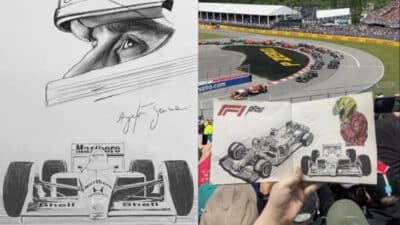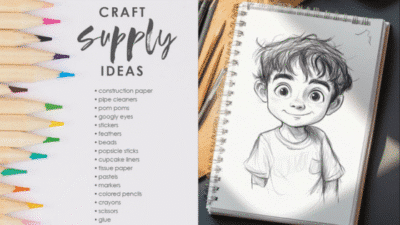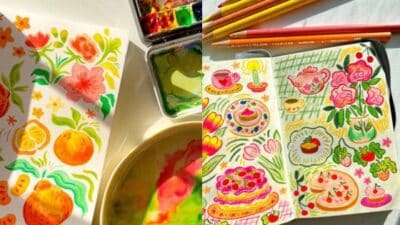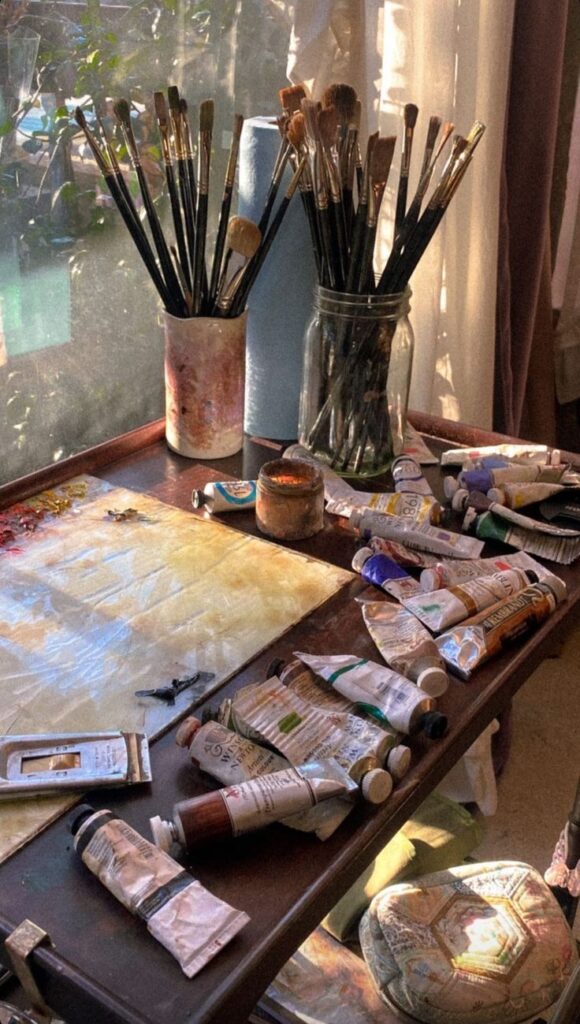
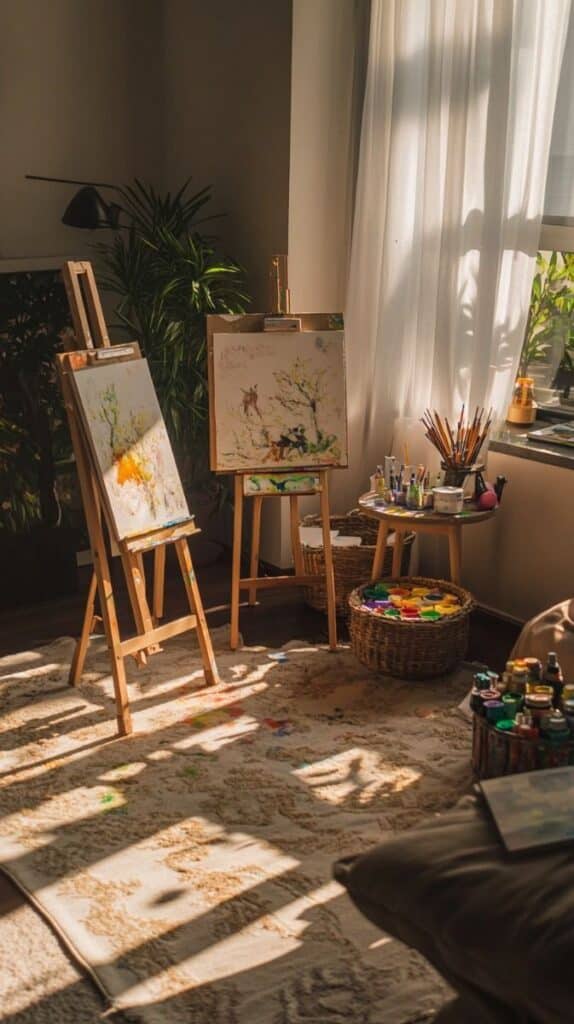
Drawing aesthetic is the unique style and feel that makes a drawing visually pleasing and expressive. It shows an artist’s personal touch and how they use lines, shapes, and colors to create mood or beauty. A drawing aesthetic is created by combining specific techniques, tools, and consistent artistic choices that reflect the creator’s vision.
Many artists develop their own aesthetic by practicing different methods and experimenting with materials. This helps them find a look that feels authentic and stands out. Understanding what makes drawing aesthetic helps artists improve their work and connect with viewers on a deeper level.
Choosing the right elements and focusing on details can change the impact of any drawing. This makes exploring drawing aesthetic useful for both beginners and experienced artists who want to grow their skills and express themselves better.
Key Takeways
- A drawing’s aesthetic comes from consistent style and artistic choices.
- Practice and experimentation help artists develop their unique look.
- Small details and materials affect the overall visual impact.
Understanding Drawing Aesthetic
Drawing aesthetic involves how an artwork looks and feels. It includes the choices made in lines, shapes, colors, and overall presentation. These elements create a sense of harmony or mood that sets one drawing apart from another.
Definition of Drawing Aesthetic
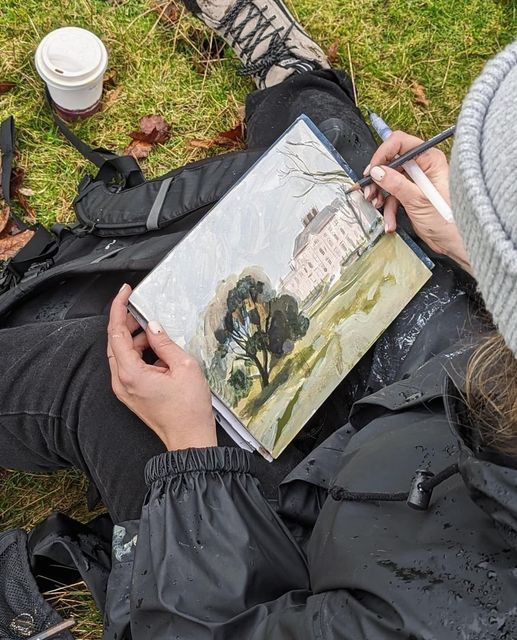
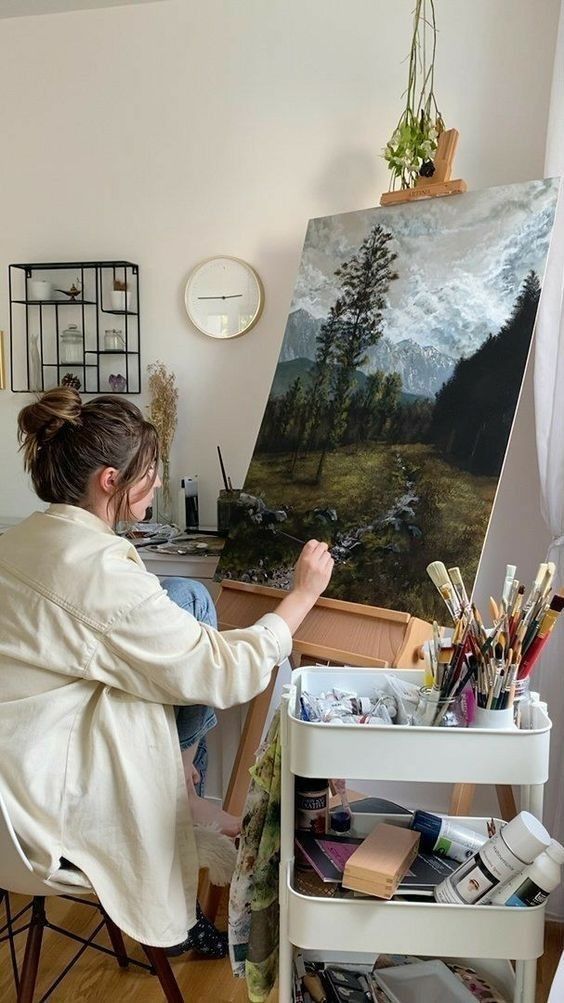
Drawing aesthetic refers to the visual and emotional qualities that make a drawing appealing or meaningful. It is not just about technical skill but how the elements work together to create an effect. This can involve balance, contrast, texture, and composition.
Aesthetic is the way an artist uses lines, shapes, and colors to express ideas or feelings. It shapes how viewers experience the drawing, making it look simple, complex, rough, smooth, or detailed depending on the approach.
Key Principles
Several principles define drawing aesthetic:
- Balance: How elements are arranged to create stability.
- Contrast: Differences in light, dark, or color that make parts stand out.
- Harmony: How smoothly elements fit together.
- Rhythm: The repetition of shapes or lines that guides the eye.
- Proportion: The size relationship between parts of the drawing.
These principles work together to create interest and guide the viewer’s attention in a drawing.
Difference Between Style and Aesthetic
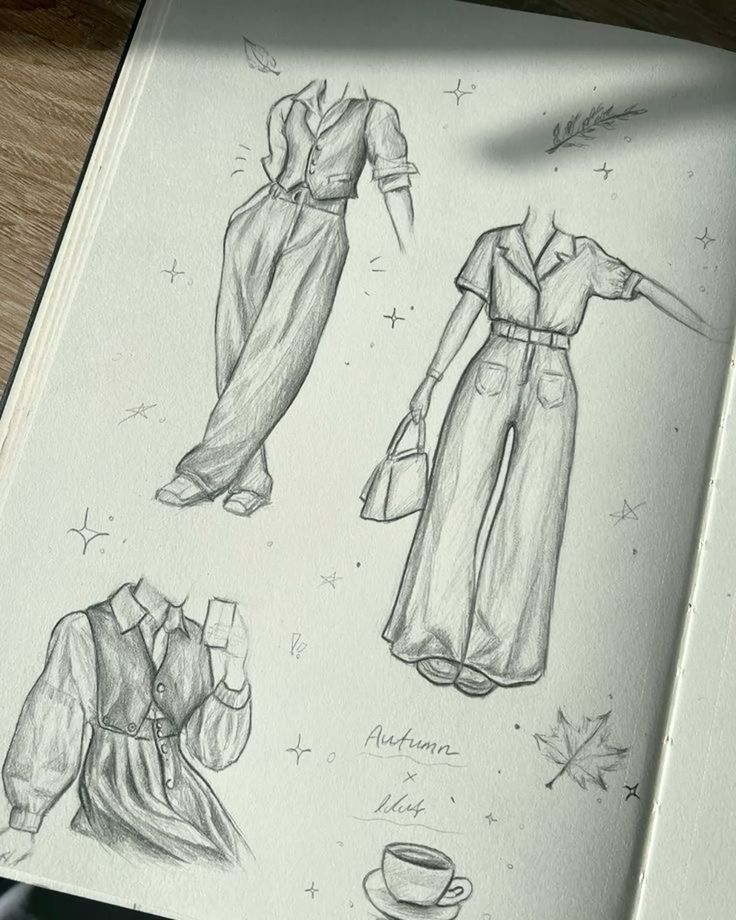

Style is about the specific techniques and methods an artist uses. For example, using bold lines or soft shading. It is often repeatable and recognizable, linked to a person or group.
Aesthetic, on the other hand, is the overall feeling or mood the drawing gives. It is broader and includes how style combines with color, composition, and subject matter.
While style is how something is drawn, aesthetic is what the drawing makes the viewer feel or think.
Popular Drawing Aesthetics
Drawing aesthetics can vary widely depending on style, mood, and themes. Some focus on simplicity and clean lines, while others highlight soft textures or evoke a sense of nostalgia. Each type uses different elements to create its unique look and feel.
Minimalist Aesthetic
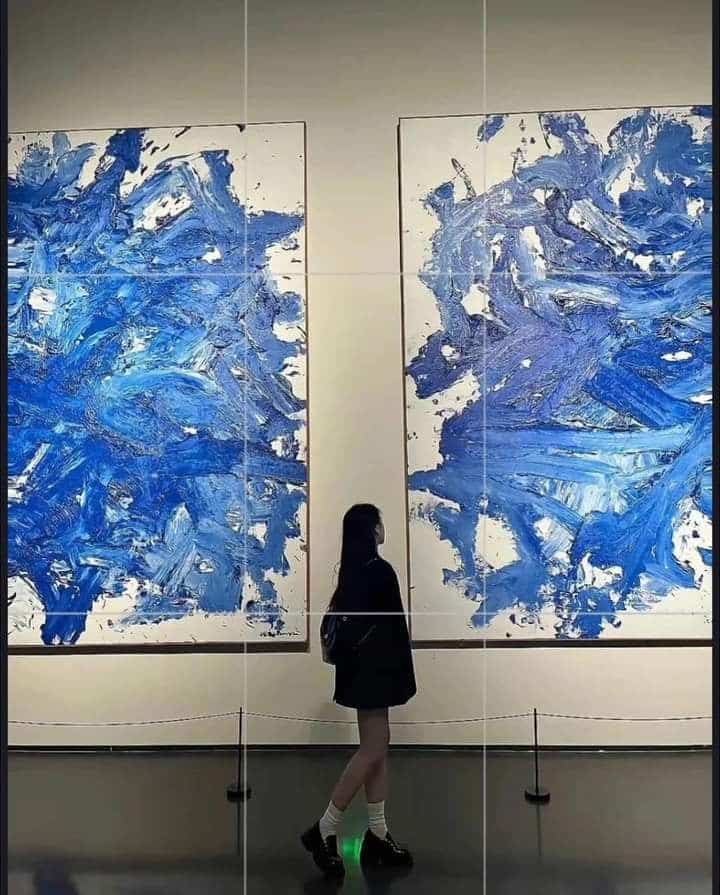
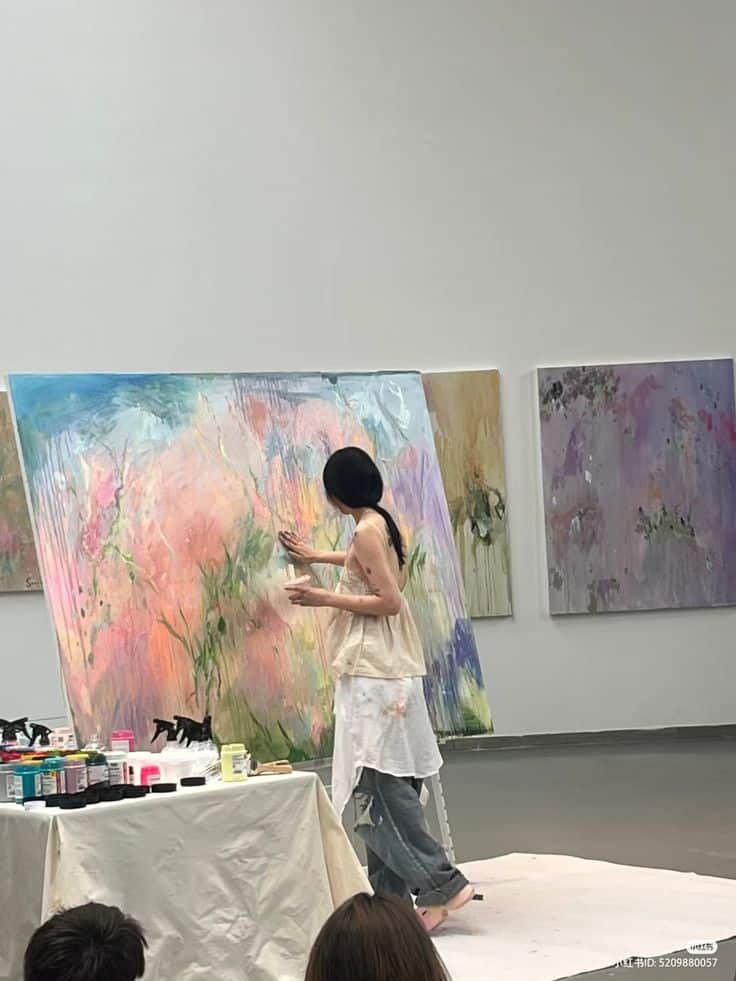
The minimalist drawing aesthetic uses very few lines and shapes. It focuses on simplicity and space, often using black and white or limited colors. The goal is to capture the essence of the subject with minimal detail.
Artists using this style aim for clarity and easy recognition. Minimalist drawings often feel clean and modern. They avoid clutter and unnecessary decoration.
Minimalism is popular in logos and icons because of its straightforward style. It also works well for quick sketches and digital art where simplicity is key.
Cottagecore and Soft Aesthetics
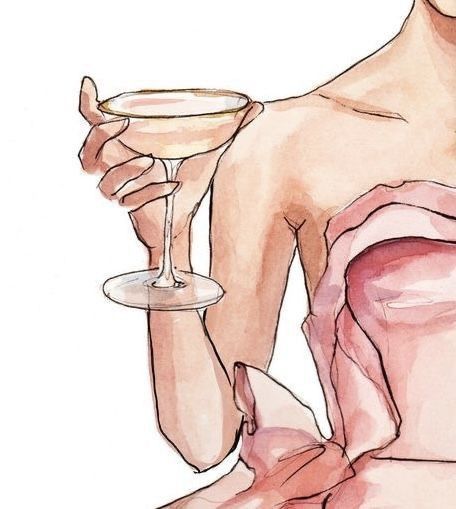

Cottagecore celebrates rural life and nature. Its drawing style uses soft, gentle lines and pastel colors to create a calm, dreamy look. Artists include natural elements like flowers, plants, and animals.
Soft aesthetics focus on warmth and comfort. The lines and shading are smooth or fuzzy to give a gentle feel.
Together, these aesthetics look inviting and peaceful. They often feature cozy settings like gardens, forests, and old homes. The style appeals to those who enjoy quiet, nostalgic scenes.
Vintage and Retro Drawing Aesthetic
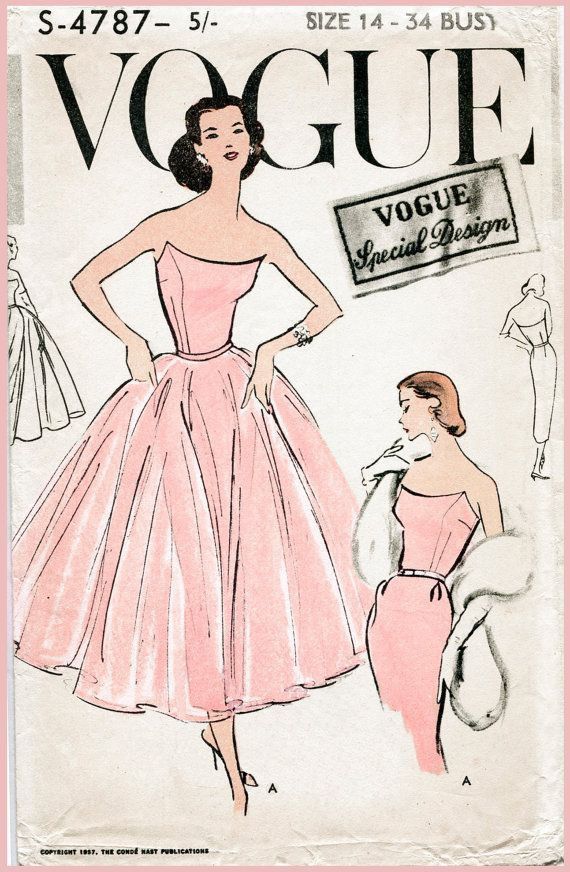
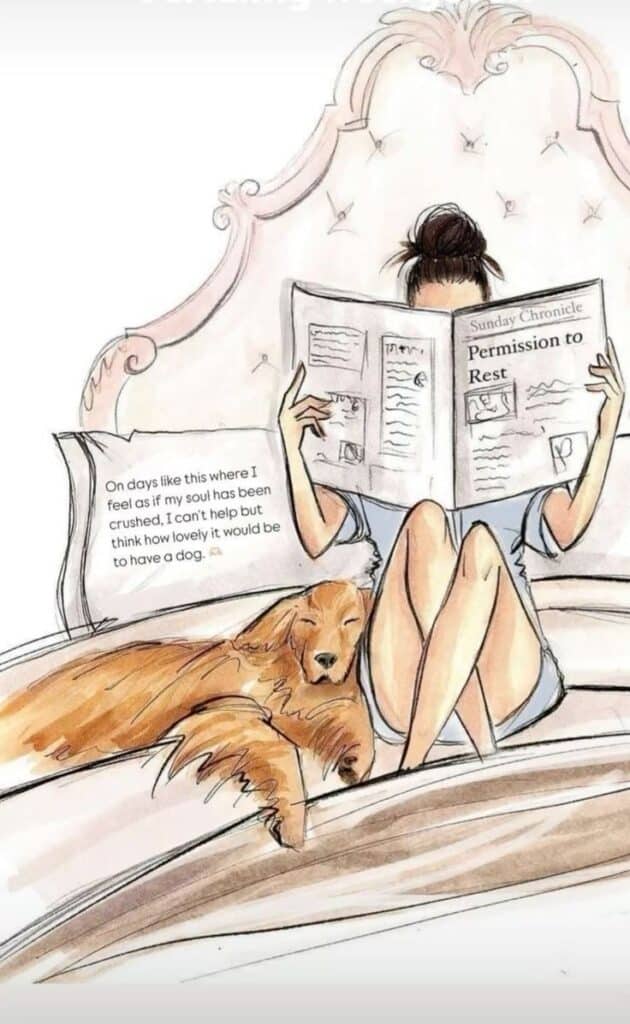
Vintage and retro aesthetics draw from past decades, especially the 1920s to the 1980s. They use bold lines, limited color palettes, and patterns common in old posters or comics.
This style often features sepia tones, muted colors, or bright primary colors. Textures like grain, halftone dots, or paper folds add to the aged look.
Artists mimic old design trends like Art Deco, pop art, or diner signs. The vintage aesthetic gives artwork a timeless or historic feel while expressing cultural trends from the past.
Essential Techniques for Achieving an Aesthetic Look
Creating an aesthetic drawing requires control over line work, smart color choices, and careful arrangement of elements. These parts work together to create a clear, visually pleasing image that captures attention.
Line Quality and Texture
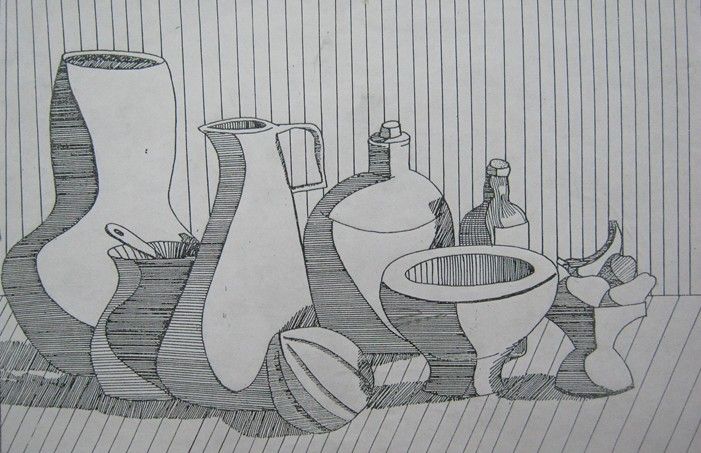
Line quality shapes how viewers see the drawing’s mood and detail. Smooth, consistent lines give a clean and polished look. Sketchy or broken lines add a rough, lively texture.
Varying line thickness is important. Thicker lines can highlight important areas or create depth. Thinner lines work well for fine details and softer edges.
Texture adds interest by suggesting surfaces or materials. Cross-hatching and stippling are common ways to build texture with lines. Using different pencil pressures can also create contrast between smooth and rough parts.
Color Selection and Palettes
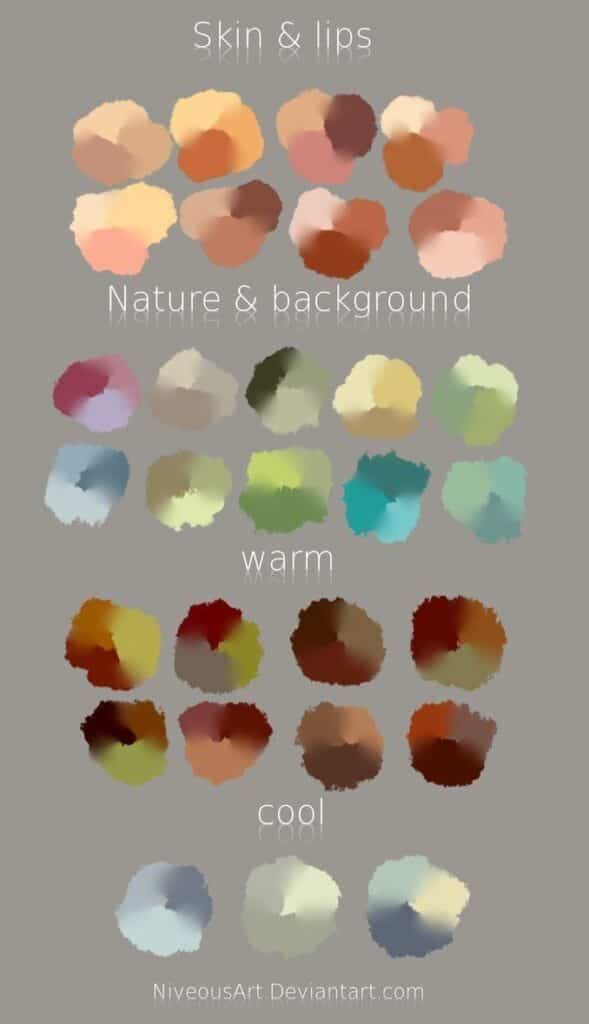
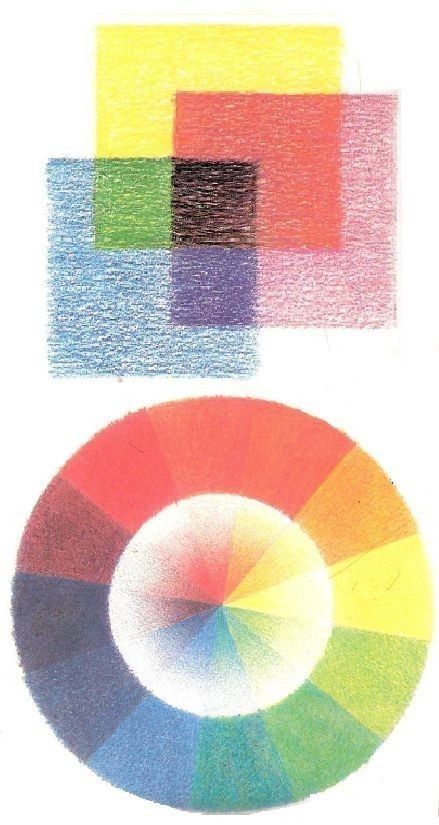
Choosing the right colors helps set the mood and style of a drawing. Limited color palettes with just a few tones keep the artwork focused and pleasing.
Warm colors (reds, oranges) bring energy and warmth. Cool colors (blues, greens) create calmness and calm moods. Combining these colors carefully adds balance.
Monochrome palettes, using shades of one color, create harmony and simplicity. Complementary colors, opposite on the color wheel, provide strong contrast but must be balanced carefully.
Composition and Balance
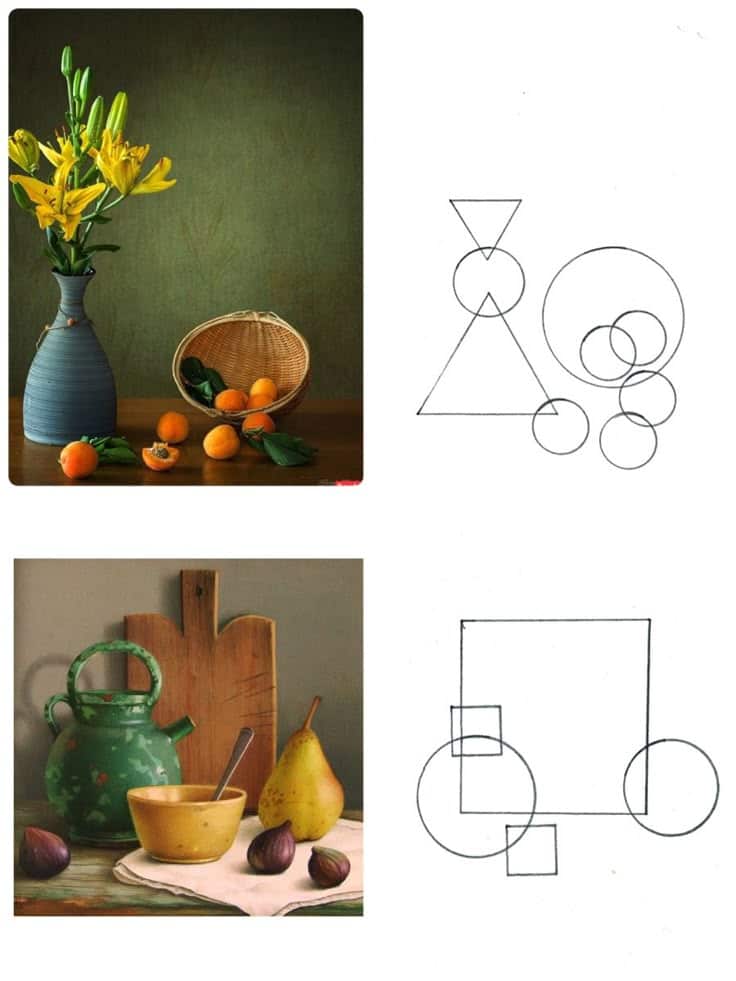
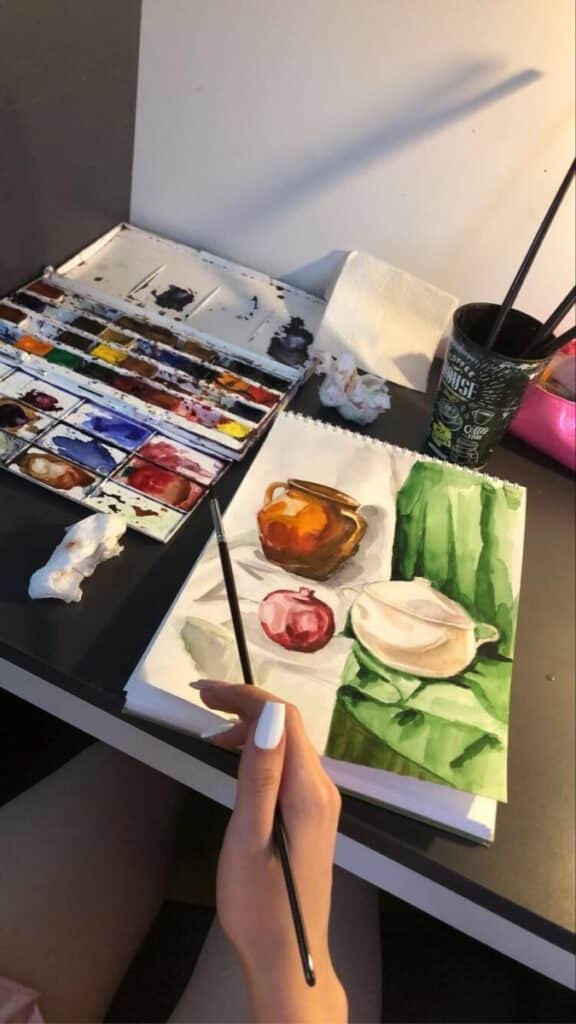
Good composition guides the viewer’s eye through the drawing naturally. Placing important elements off-center can make the image feel dynamic.
Balance means arranging shapes, colors, and lines so no part feels heavier or too crowded. Symmetrical balance offers stability, while asymmetrical balance adds interest and movement.
Using negative space effectively improves clarity. Empty areas let the main subjects stand out without distraction. Aligning elements along invisible grid lines or using the rule of thirds often helps balance the drawing.
Tools and Materials for Aesthetic Drawing
Aesthetic drawing depends on having the right tools and materials that fit the artist’s style. Different media, digital apps, and paper types all affect how the final drawing looks and feels.
Traditional Media Choices
Pencils are the most basic and widely used tool. Artists often pick from graphite for smooth shading or charcoal for deep, rich blacks. Colored pencils add gentle color without overpowering fine details.
Ink pens give sharp, clean lines. Fine liners are popular for precision, while brush pens offer varied thickness. Watercolors and markers provide color but require control to keep the drawing neat.
Many artists combine these to achieve texture and contrast. Erasers, blending stumps, and sharpeners are also key to refining the work.
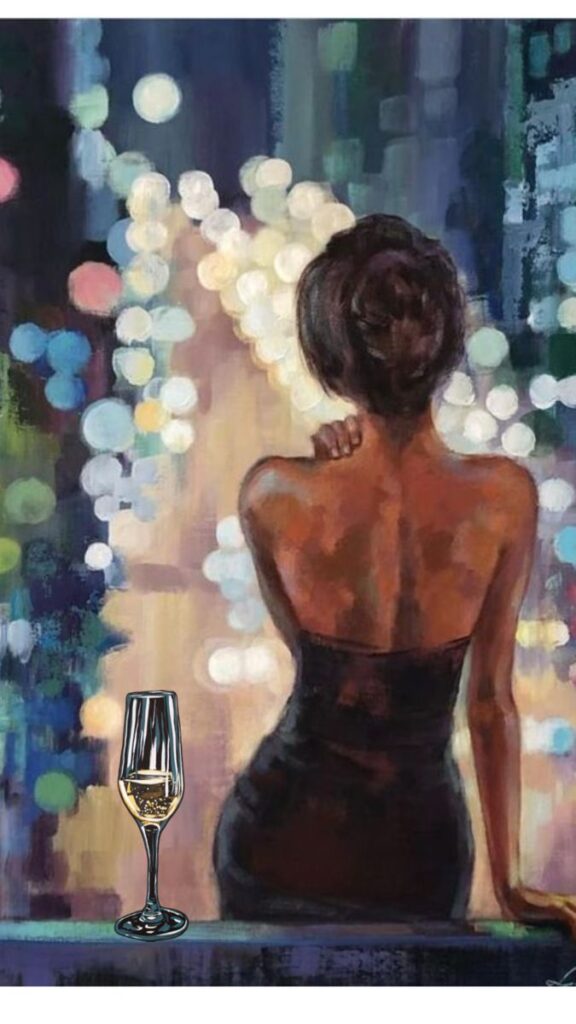
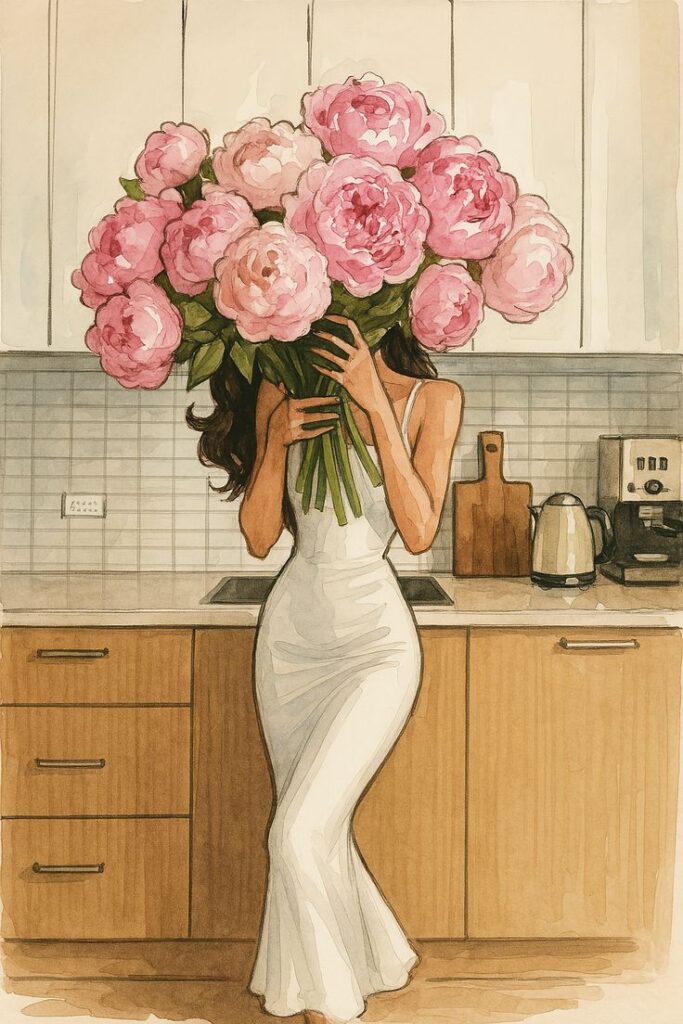
Digital Tools and Apps
Tablets and styluses give artists control similar to traditional drawing but with undo and layering options. Popular devices include the iPad with Apple Pencil and Wacom tablets.
Apps like Procreate, Adobe Fresco, and Clip Studio Paint offer brushes that mimic pencils, pens, and paints. Layers help separate sketching, inking, and coloring stages.
Pressure sensitivity allows changes in line thickness and opacity. Digital tools also support quick color testing and effects that are hard to do by hand.
Paper Types and Surfaces
Smooth paper works best for detailed pencil or ink drawings because it won’t catch or blur lines. Hot-pressed watercolor paper has a smooth surface, while cold-pressed is rougher and better for washes.
Textured or mixed-media paper can handle wet media and layering but may not suit fine detail. Sketchbooks vary in weight; heavier paper (above 120 gsm) prevents bleeding and warping when using markers or watercolors.
Choosing the right paper depends on the drawing method and materials used. It can affect both the look and durability of the art.
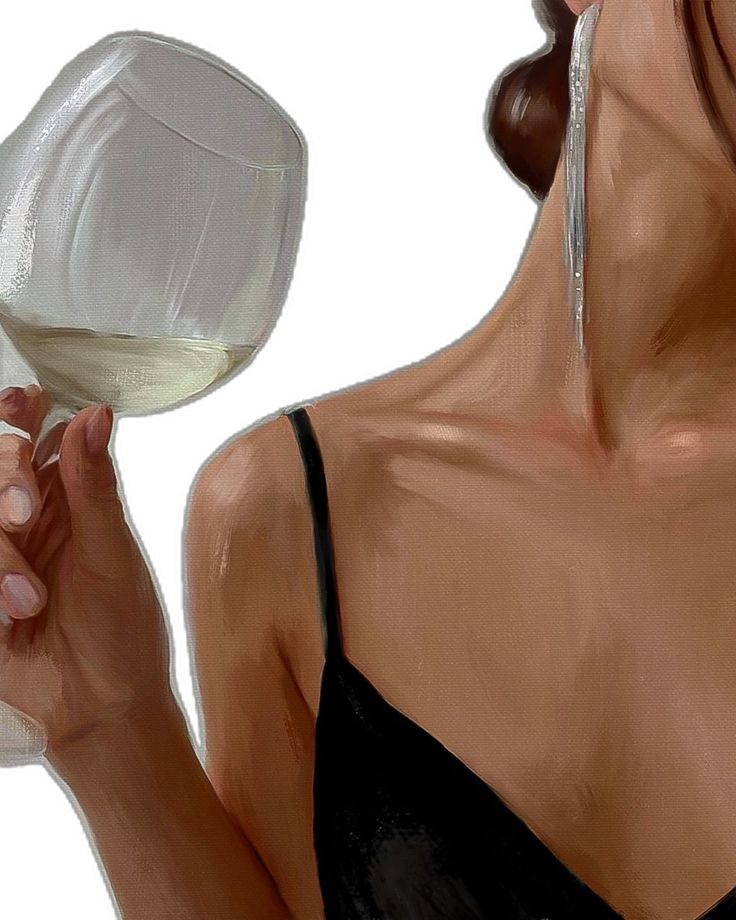
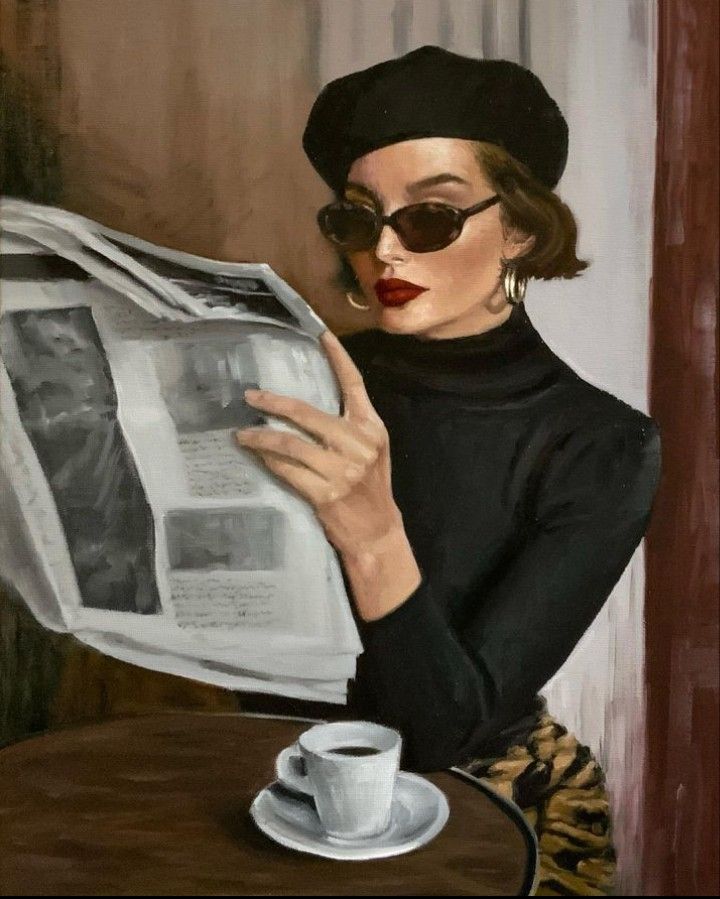
Developing a Personalized Drawing Aesthetic
Developing a unique drawing style requires careful observation and practice. It involves gathering ideas from different sources, testing new methods, and creating a consistent look that reflects the artist’s preferences and personality.
Finding Inspiration and References
Artists often start by looking at work they admire. This may include drawings, paintings, photographs, or designs. They should focus on aspects that resonate, such as shapes, colors, or themes, and analyze what makes these elements appealing.
Using mood boards or digital collections helps keep references organized. Having a wide range of influences from nature, culture, or everyday objects encourages creativity. It is important to avoid copying directly; instead, artists should blend ideas to develop originality.
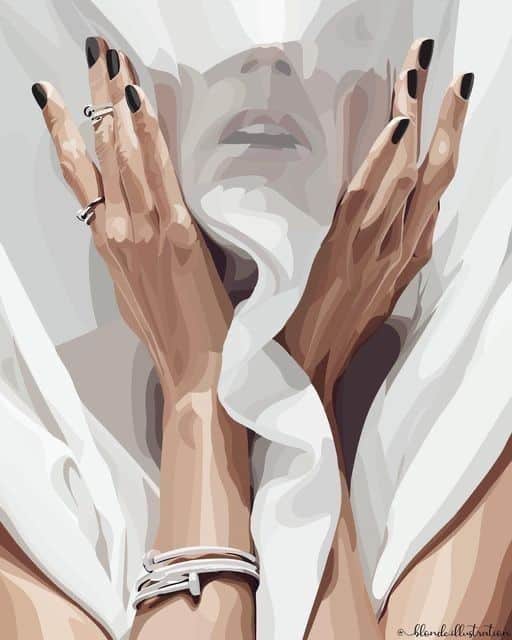
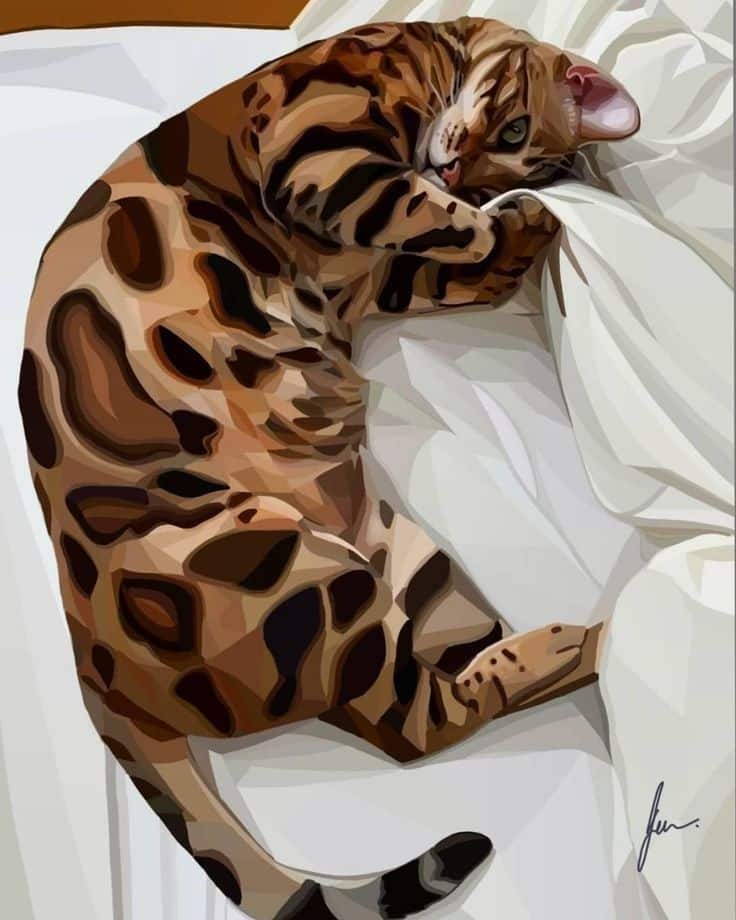
Experimenting with Techniques
Trying various drawing tools and methods broadens skill sets. This might include working with pencils, inks, markers, or digital brushes. Each medium changes how lines, shading, and textures appear.
Changing hand speed, pressure, or stroke style can also impact the final look. Artists benefit from hands-on trials like quick sketches or detailed studies to find what suits their vision. They should note which techniques feel natural and produce results they like.
Building a Visual Identity
A visual identity consists of repeated elements that make a style recognizable. This might be consistent line quality, a preferred color palette, or specific subject matter. Artists decide which traits best express their ideas.
Maintaining this identity across different drawings helps audiences connect with the work. It involves balancing consistency with room for growth. Keeping a sketchbook or portfolio allows tracking of progress and refinement of this personal style.
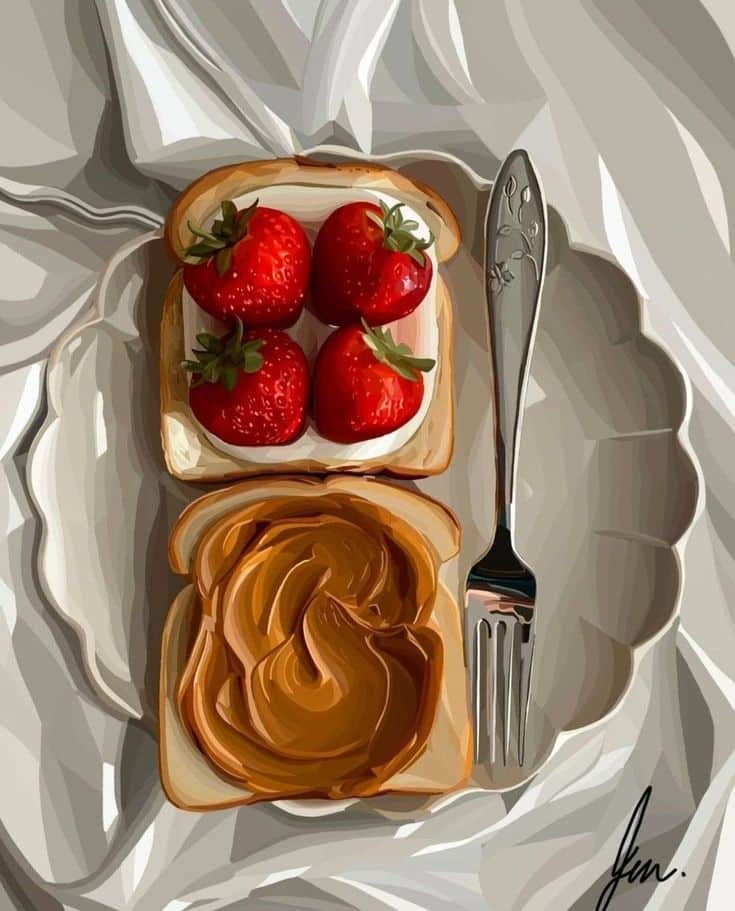
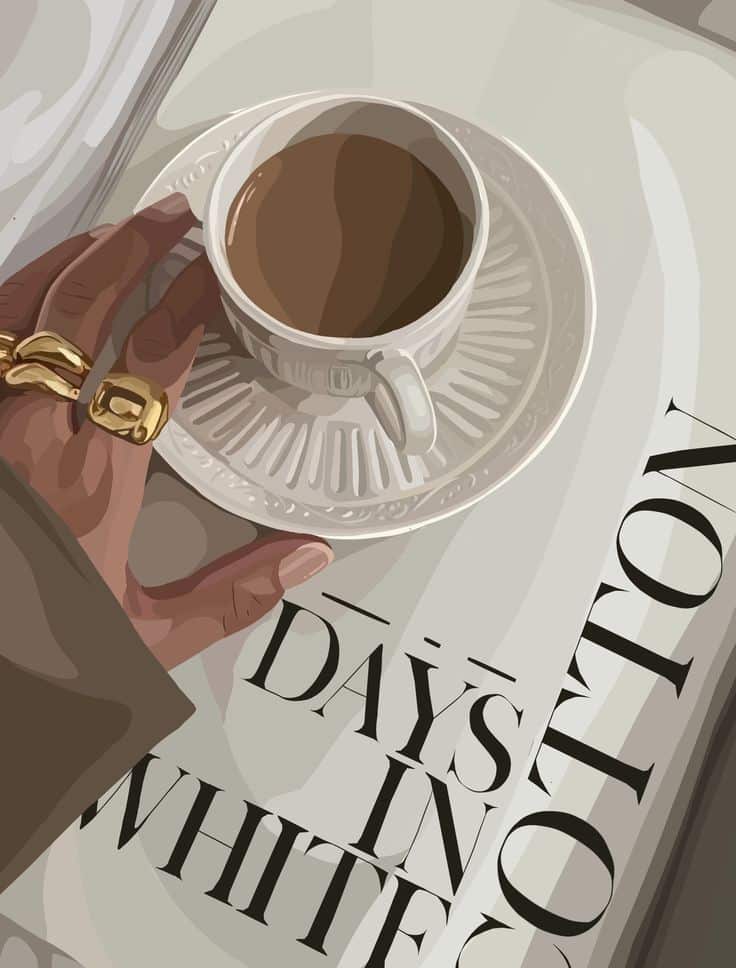
Incorporating Aesthetic Elements in Different Subjects
Aesthetic choices vary based on the subject being drawn. Each subject demands a unique approach to lines, shapes, and shading to highlight its features and mood.
Portrait Drawing Aesthetics
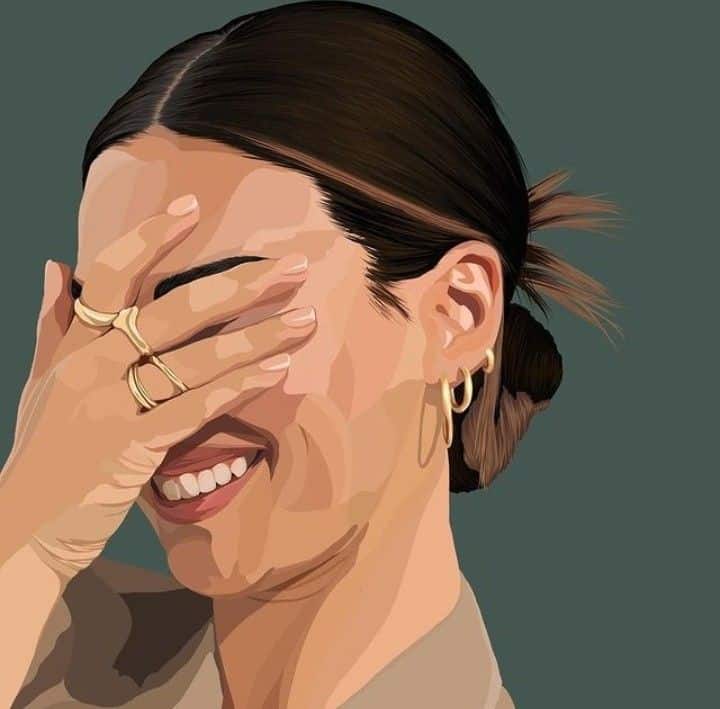
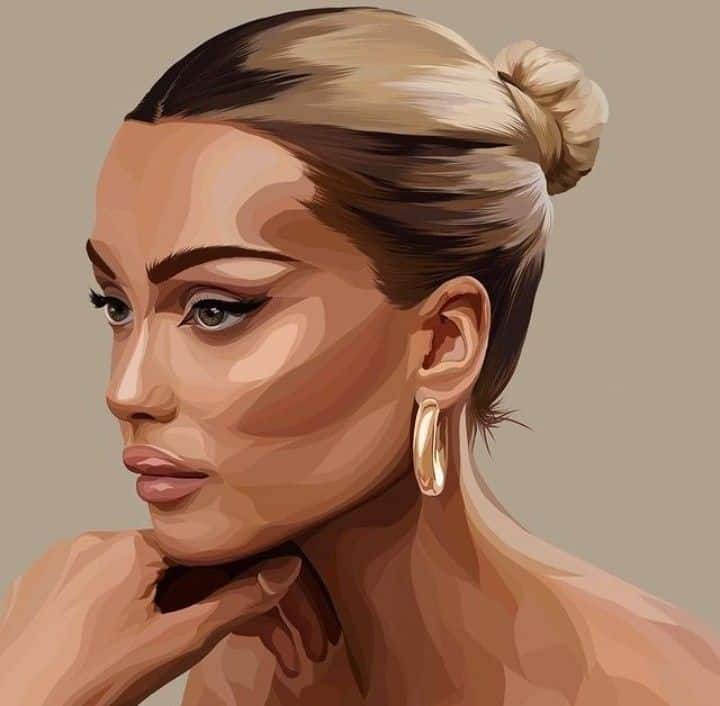
In portrait drawing, capturing the right expression and emotion is crucial. Artists use soft shading to create smooth skin tones and sharp lines to define facial features like eyes, nose, and lips.
Balance is important. Symmetry often conveys calmness, while slight asymmetry can express character or mood. Light and shadow play a big role in showing depth, especially around cheekbones and the jawline.
Details like hair texture and highlights improve realism. However, focusing only on one element can make the portrait look unfinished. Combining different techniques enhances the overall aesthetic.
Floral and Botanical Themes
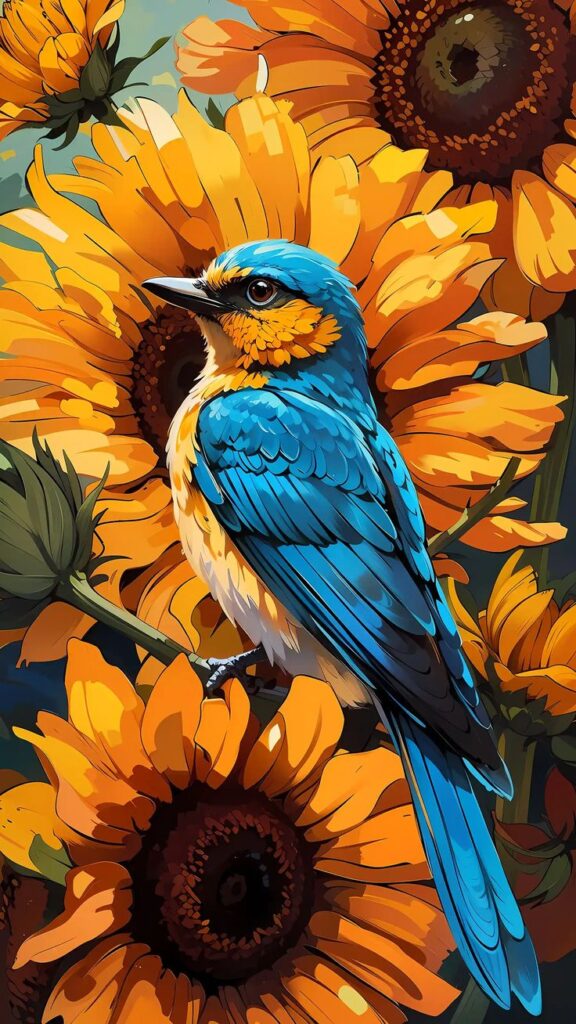

Floral drawings benefit from delicate lines and subtle color shifts. Artists often emphasize curves and natural flow to reflect how plants grow.
Using light washes or soft shading helps create gentle transitions between petals or leaves. Highlighting veins and edges adds depth and structure without overwhelming the design.
Repetition of shapes and variation in sizes mimic natural patterns in botany. This creates harmony and keeps the drawing visually interesting. Clean lines paired with soft blending balance order and organic flow.
Urban and Architectural Concepts

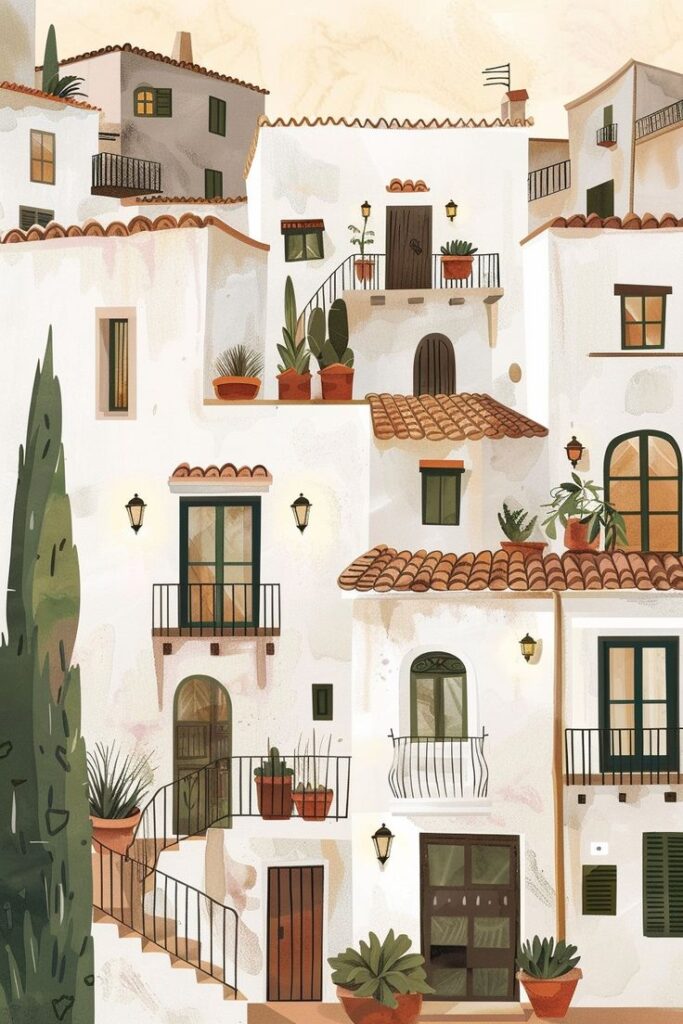
Urban and architectural drawings focus on structure and perspective. Clear, precise lines are crucial for showing buildings, streets, and geometric shapes.
Light sources help bring out textures like brick, glass, or concrete. Shadows emphasize volume and form, making the scene more realistic.
Artists often use repeating patterns or grids to communicate order and design. Combining hard edges with softer background details directs attention to the main subject, creating a dynamic composition.
Showcasing and Sharing Your Aesthetic Art
Sharing aesthetic art requires deliberate choices about how to display pieces, select platforms, and present work professionally. The right methods help the art attract the right audience and create a strong impression.
Curating an Online Portfolio
An online portfolio should focus on quality over quantity. Artists need to choose their best pieces that clearly show their unique style and skills.
Images must be high resolution and well-lit. It’s important to organize work by theme or medium for easy navigation. Adding brief captions or descriptions can help viewers understand the intention behind the art.
Using platforms like Behance, ArtStation, or a personal website gives control over layout and branding. Updating the portfolio regularly keeps it fresh and relevant. Accessibility on both desktop and mobile devices is key.
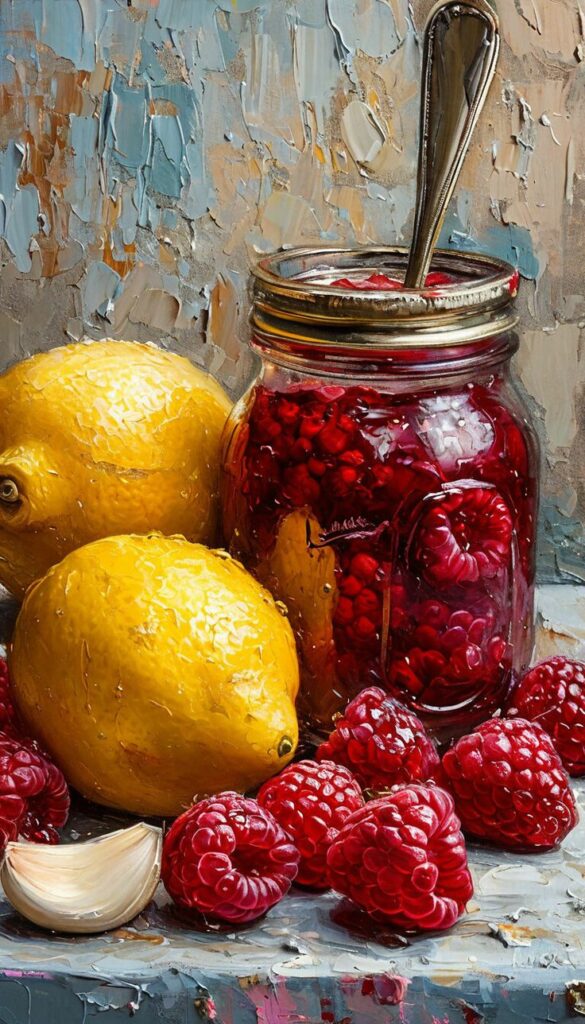
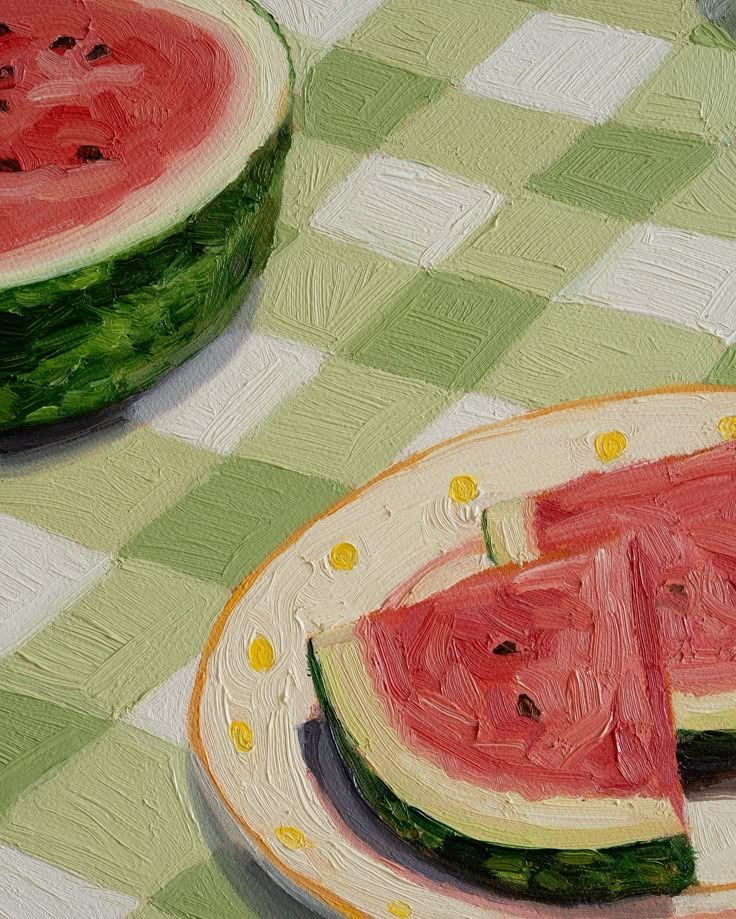
Social Media Strategies
Artists should pick social media sites that match their art style and target audience. Instagram and Pinterest work well for visual art, while TikTok can showcase process videos.
Consistency is crucial. Posting regularly, using hashtags relevant to the art style, and engaging with followers increases visibility. Sharing behind-the-scenes content and stories builds a personal connection.
Collaborating with other artists or participating in challenges can boost reach. Monitoring analytics helps identify which posts perform best, so the artist can adjust their strategy.
Presentation and Framing Tips
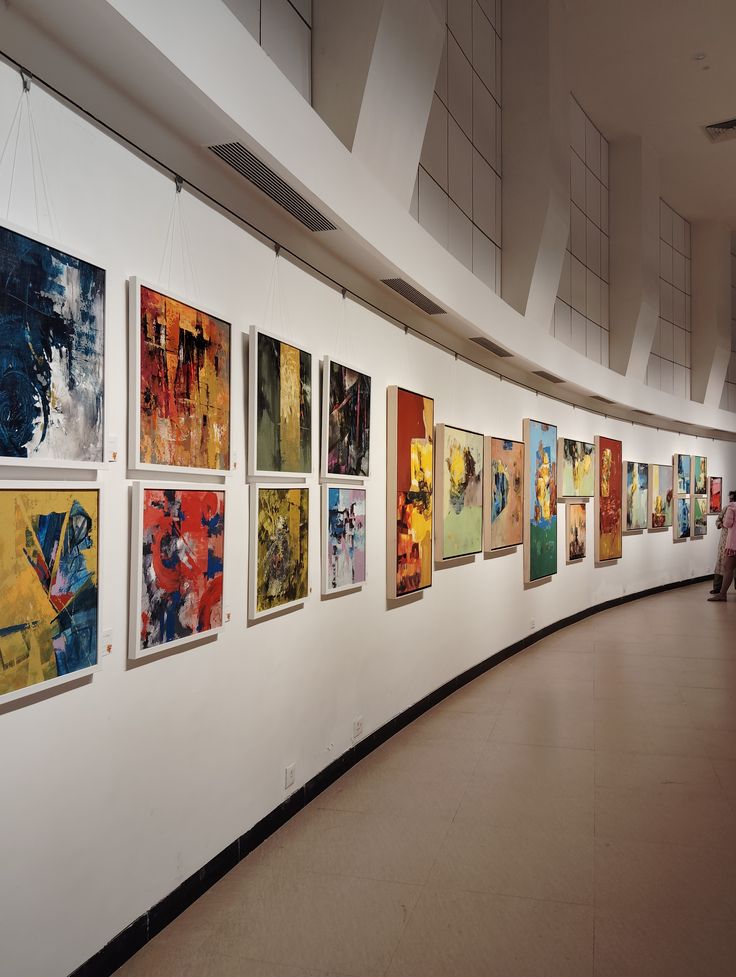
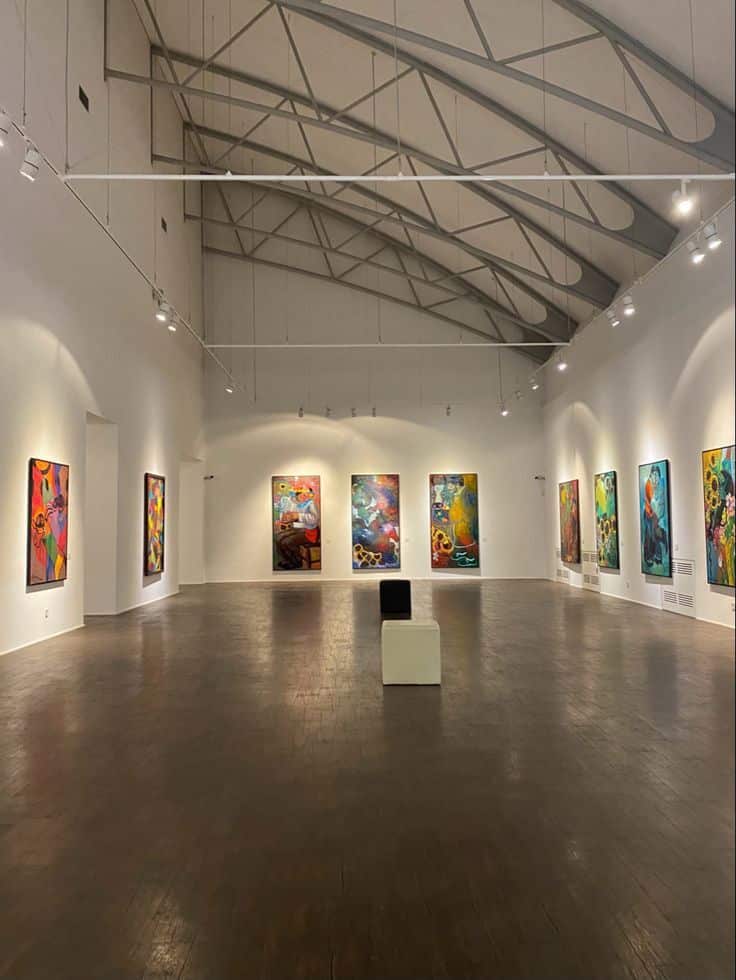
The way art is presented physically affects how viewers perceive it. Clean, simple frames usually work best for aesthetic art to avoid distraction.
Matting can add space around the piece and make colors pop. Choosing frame colors that complement the artwork’s palette enhances the visual impact.
For exhibitions, artists should consider lighting carefully. Soft, even lighting prevents glare and highlights details. Using uniform framing styles creates a cohesive display when showing multiple works together.
Trends and Future Directions in Drawing Aesthetic
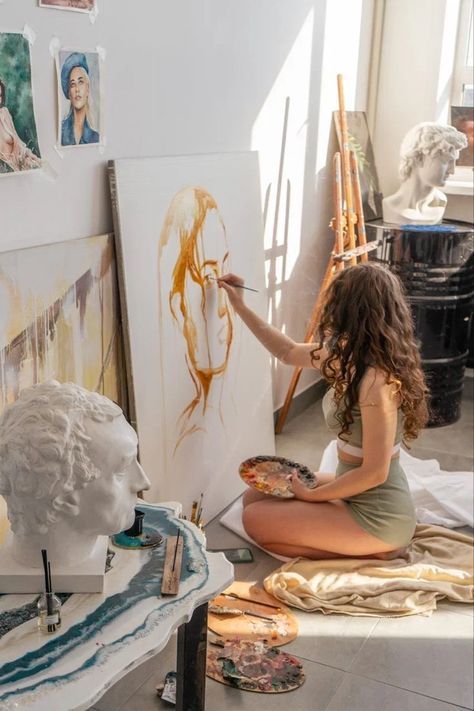
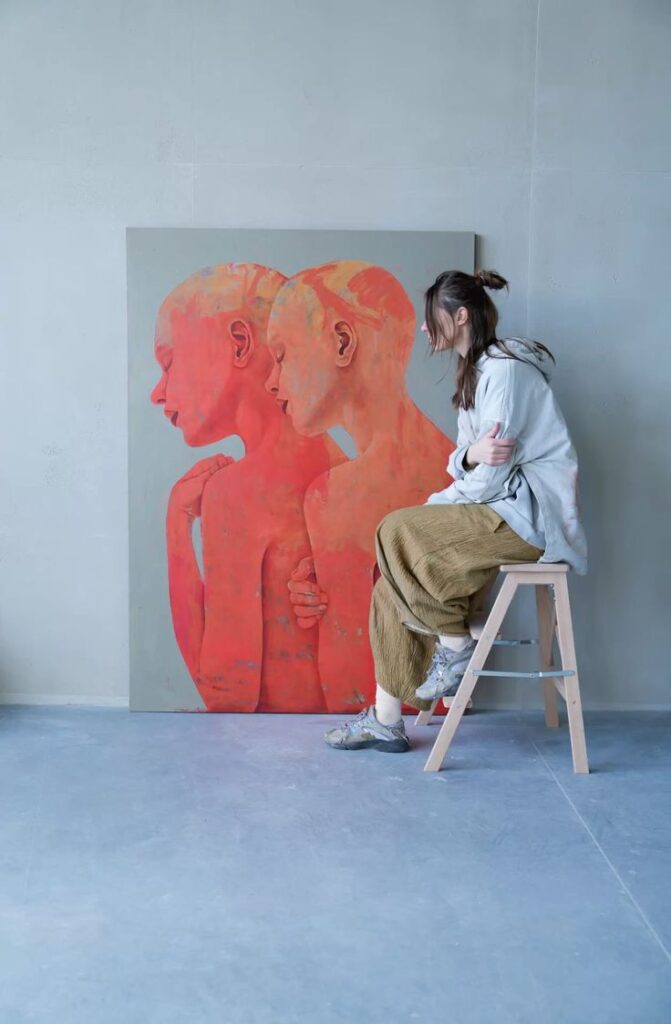
Drawing aesthetics are shifting as technology grows more important in art creation. Digital tools like tablets and software are common, changing how artists experiment with style and texture.
Many artists blend traditional drawing with digital methods. This mix allows for new effects and quicker adjustments, which appeals to both professionals and hobbyists.
Sustainability is also influencing drawing aesthetics. Artists use eco-friendly materials and focus on themes related to nature and climate change. This reflects a growing social awareness in the art world.
The use of minimalism and abstract designs is rising. These styles focus on simple shapes, lines, and forms to express ideas without detailed realism.
Here is a brief list of key trends:
- Digital-traditional hybrid techniques
- Eco-conscious materials and themes
- Minimalist and abstract styles
- Increased use of bold colors and contrast
Looking ahead, AI tools might play a larger role. They can assist in creating new patterns or suggest color palettes, helping artists explore more creative choices.
Overall, drawing aesthetics continue to evolve with cultural and technological changes, blending old methods with new innovations.
- 2.4Kshares
- Facebook0
- Pinterest2.4K
- Twitter0

